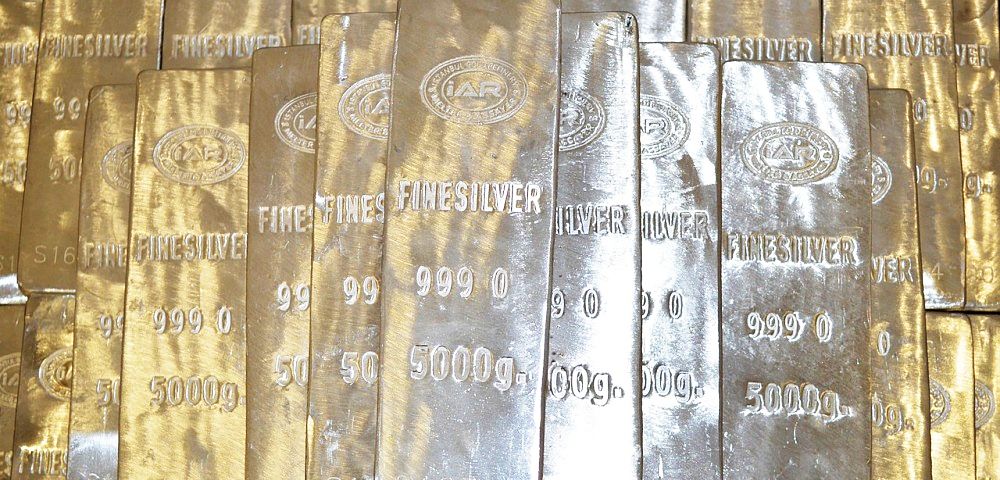
The low interest rate economy has meant that good conservative investments have been few and far between. Bonds are usually the first purchase investors make when they need a place to put their money at minimal risk. They accept slow growth for the reassurance that their capital is safe. In an optimized portfolio, these safe funds offset riskier investments in equities. But with interest rates at historic lows for much of the past decade, bonds have become much less appealing.
Investors are shifting some of the space they would normally allocate to bonds toward other conservative asset classes, especially precious metals. Silver and gold are able to provide the same security as bonds but with a better growth outlook. Balanced portfolios increasingly have room for precious metals. The recommended silver and gold allocation varies depending on who you ask. CNBC business pundit Jim Cramer says 10 percent is the upper limit, while others push for a 25 percent gold allocation in any portfolio.
Between 5 to 20 percent seems to be the ideal ratio, sliding as your investment goals change and as you adapt to the market. A bearish stock market should see you shift more cash into precious metals, while high stock growth usually means you should adjust more into riskier investments with higher earnings. Working with a gold dealer who sells and buys gold and silver makes adjusting your portfolio easier.
Now investors are asking what ratio of gold to silver they should keep in their portfolio for maximum growth. Australia’s Perth Mint, one of the world’s leading sources of gold and silver coins, did the research. They found that there are three main types of precious metals investors:
- Goldbugs, who keep a 100 percent gold allocation,
- Silverbugs, who keep a 100 percent silver allocation,
- and investors who use both, most commonly an even 50/50 split.
The Perth Mint’s research found that depending on the year you begin investing, a wide range of silver and gold allocations would have brought the best returns. For example, if you bought in 1975, 67 percent gold and 33 percent silver was optimal, but other years showed 100 percent silver or 100 percent gold would have had higher returns. The conclusion: a 50/50 split while investing in gold and silver was more often closer to the best allocation than the worst.
One finding from the Perth Mint that can’t be ignored is that since 1995 a 100 percent gold allocation has had the best performance if you were to cash out today. The long-term projection the research used does not factor for active investing. For example, if you bought an ounce of silver in January 1995 at $8 an ounce (the price hit $7.79 that month), you could have sold that silver for $53 in April 2011, at the peak the 2000s commodities super cycle, a 660 percent increase.
Successfully investing in gold and silver doesn’t take an extremely active hand, but there are times when adjusting your portfolio simply makes sense. While you should always hold onto some allocation of silver and gold, when prices are high, transferring precious metals into other assets will keep your gains
safe and grow them even further. For example, between April 2011 and January 2018, the Dow Jones nearly doubled.
Anyone who had the foresight to predict all of this would be in an extremely good position right now, but every investor knows the regrets that come with hindsight. In practice, you don’t know where markets will go and which opportunities you’re missing out on by jumping for another.
In the final analysis, gold and silver were made for long-term investing. Precious metals remain the most effective way to beat inflation and they are always a kind of insurance policy for your portfolio, doing well when other assets are in crisis. But that doesn’t mean that you should never adjust your allocation or cash out gold and silver when the time is right. Keep an eye on gold and silver prices and follow that time-honored Wall Street mantra: buy low, sell high. Be patient with gold and silver. When prices double, triple, or even quadruple, that’s a sign that gold and silver are in bull runs and when you should be shifting money into other asset classes.
There is no single secret investment strategy for gold and silver. But keeping 5 to 20 percent of your portfolio in silver and gold at a 50/50 split is close enough.



